Embark on a journey through Barcelona's captivating art and architecture. Explore the visionary works of Gaudí, Picasso, and more, set against the city's stunning landscapes.
GVI
Posted: July 5, 2024

Tasneem Johnson-Dollie
Posted: April 6, 2022
If you’re looking to learn more about Peru’s history and culture, then finding the answer to the question, “What languages do people speak in Peru?” is a good place to start. Let’s find out why.
The languages spoken in Peru are a reflection of how physical borders and historical events have shaped Peruvian society.
Let’s take a look at how location and language go hand-in-hand in Peru.
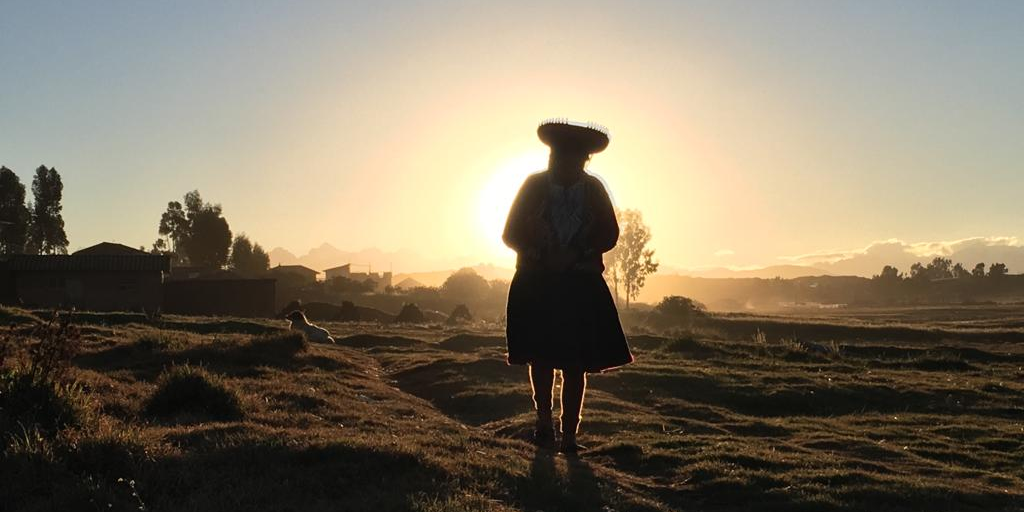
Peru is a South American country that stretches across 1,285 million square kilometres, with a coastline that looks out over the warm waters of the Pacific Ocean.
Its sparsely populated borders rub up against Ecuador, Colombia, Brazil and Bolivia. Peru is also home to part of the Andes mountain range and the Amazon rainforest.
With access to the sea, views of some of the most beautiful mountain slopes, and even the world’s largest tropical rainforest, this type of terrain will get anyone excited about travelling to Peru.
But, this layout also made it easier for communities in Peru to stay isolated for many centuries.
Even today, mountain communities living in the Andes live off of the land. They survive the cold winters on the slopes by making use of the alpaca wool they farm for a living.
And, after calling it home for centuries, Peruvians living in the Amazon rainforest are able to coexist with the wild animals who live in the heart of the lush forest.
These communities and others like them, saw little reason to venture beyond their neighbourhoods. And so, they developed into isolated groups with distinct social characteristics.
For example, the Andes-based people of Cusco wear the types of clothing that represent their Inca heritage. They also speak Quechua – the most commonly spoken indigenous language of Peru.
Read more: Quechua: the surviving language of the Inca Empire
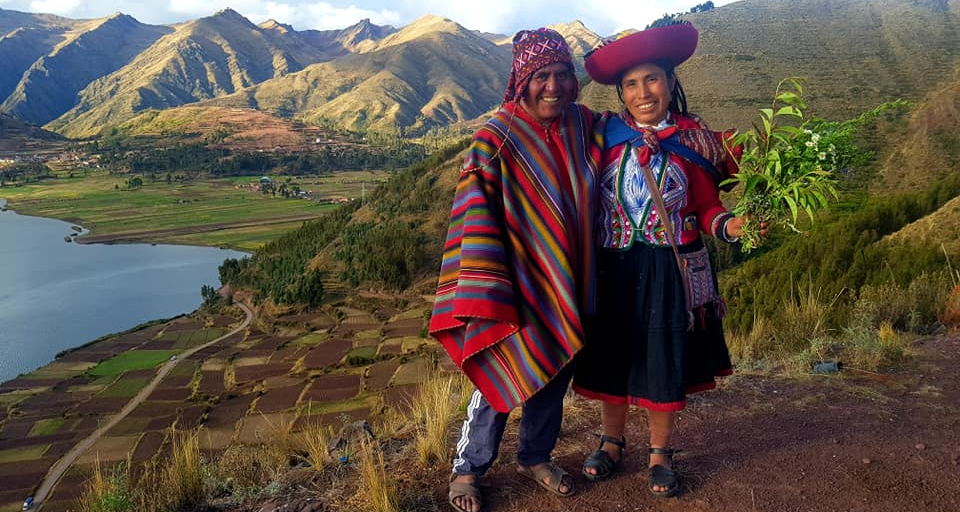
Quechua originated with the Inca empire and is one of the Peruvian languages that spread across the country before the Spanish colonised Peru in 1532.
Other secluded communities also developed their own types of Peruvian languages. So, Quechua wasn’t the only native language spoken in Peru before the 1500s.
Here’s a list of some of the other native Peruvian languages that are still spoken today.
If you’re travelling to Peru to see Lake Titicaca, you can stay in Taquile and catch a view of the water from your bedroom window.
Located along the southernmost stretch of the Andes mountain range, this island can be spotted poking out from the surface of the lake.
Because of its position, the people who called Taquile home in the past would have lived in close proximity to the Inca Empire. So it’s no surprise that Quechua is one of the most commonly spoken Peruvian languages here.
But, there’s another language of Peru that you may hear the local people chatting in – Aymara.
Aymara is a language spoken in Peru by people who live around Lake Titicaca, as well as those who settled along the Peru–Bolivia border. This Peruvian language gives us a good sense of how some languages are still restricted to certain areas today.
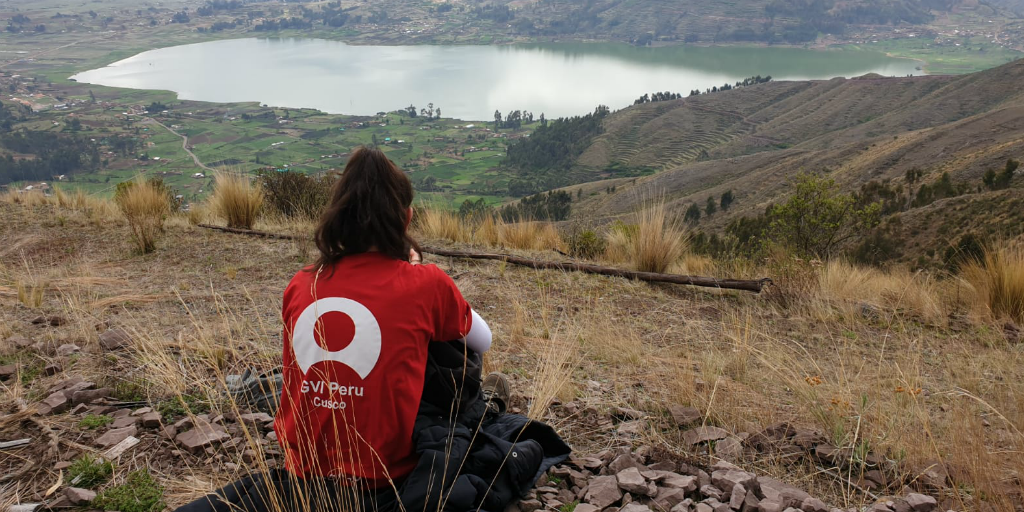
While variations of Quechua and Aymara are still commonly heard while travelling in Peru, languages like Jaqaru are at risk of extinction.
When travelling in Peru, Jaqaru is a language you’ll hear spoken in the inland regions. It’s the language of the inhabitants of the Tupe District.
Those who speak this native language of Peru are said to be descendants of the Wari people – a civilisation that was around even before the Incas.
Today, less than 1,000 people speak Jaqaru.
Read more: Eight of the best festivals and celebrations in Peru
The Loreto region is home to part of the Amazon forest. The Amazon is a place of diversity, with a multitude of different species of plants and animals calling this forest home.
And there are lots of different Peruvian languages spoken here too.
Urarina is what’s considered an “isolated” language of Peru, because it has no relation to any other language in the world today.
If you travel to the Peruvian communities set along the Pucayacu, Chambira and Urituyacu rivers, you’ll hear this language spoken by local people. Today around 3,000 people speak Urarina.
Iquitos is another river community that you can travel to if you want to stay alongside the well-known Amazon River. The Peruvian language that stemmed from this city goes by a similar name – Iquito.
The city of Iquitos was a booming trade port during the nineteenth century. But by the early nineteen hundreds, trade had slowed and the city was all but empty.
Because most of the inhabitants migrated from Iquitos, many of them are thought to have adopted other native languages in Peru as their first language.
Iquito became one of the least spoken languages of Peru and you probably won’t hear it very often while travelling in Peru.
Now, you may be wondering which one of these is Peru’s official language?
Well, the answer is, none of them.
In fact, the official language of Peru was only brought over during the 1500s.
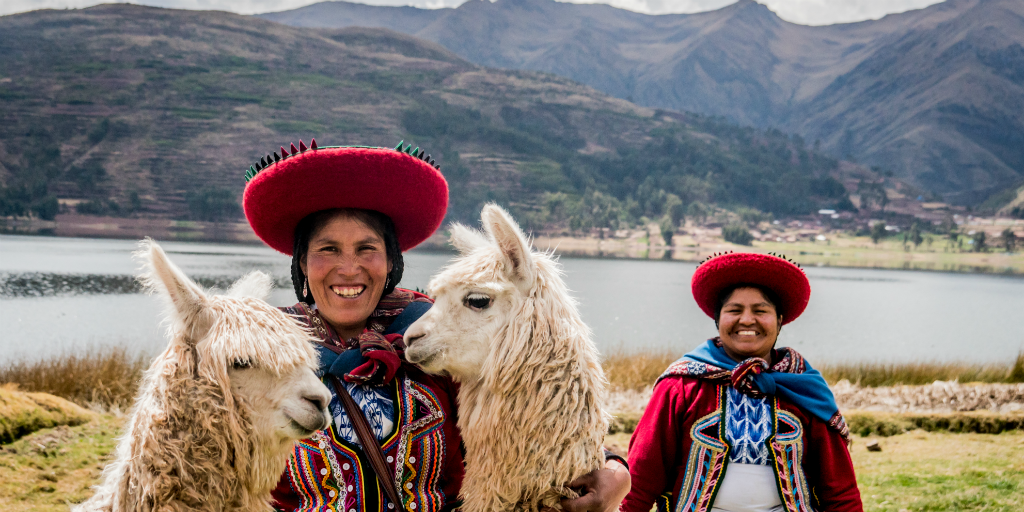
Spanish is the official language of Peru.
It was introduced by Spanish colonists during the colonisation of the Incas in 1532. Spain took over the governance of the country and ruled Peru for almost 300 years.
Because of this, the Spanish language spread across the country, and became a second language to many Peruvian communities.
And since so many of Peru’s communities lived in isolation, there wasn’t one native language that could be spoken, from Taquile to Iquitos.
So, Spanish became the most used means of communication for those travelling in Peru.
After Peru gained its independence in 1821, Spanish had already been in use for hundreds of years, and it remained Peru’s official language.
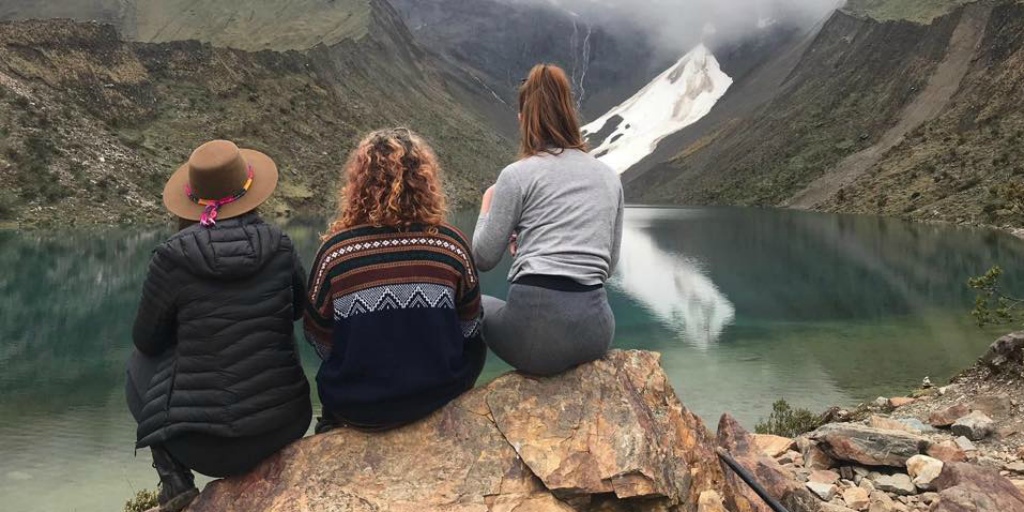
We’ve scratched the surface of how history and terrain led to the languages spoken in Peru today. But there’s so much more to learn!
Travelling in Peru and getting involved in volunteer programs is one way that you can get to know even more about Peru’s history and culture.
Beyond satisfying your curiosity, taking part in a volunteer program can be one of the easiest ways to learn Peru’s official language – Spanish.
Travel to Peru and contribute towards volunteer projects in Oxapampa, located 500 kilometres northeast of Lima.
Participating in a volunteer opportunity in Peru can deepen your travel experience and make for a more meaningful trip abroad.
Find out more about GVI’s award-winning volunteer programs in Peru.
We understand that you may have questions about how COVID-19 will affect your travel plans. Visit our FAQs page which explains our latest safety protocols in response to COVID-19.
Disclaimer: The images in this article were taken pre-COVID-19.
By Tasneem Johnson-Dollie
Embark on a journey through Barcelona's captivating art and architecture. Explore the visionary works of Gaudí, Picasso, and more, set against the city's stunning landscapes.
GVI
Posted: July 5, 2024